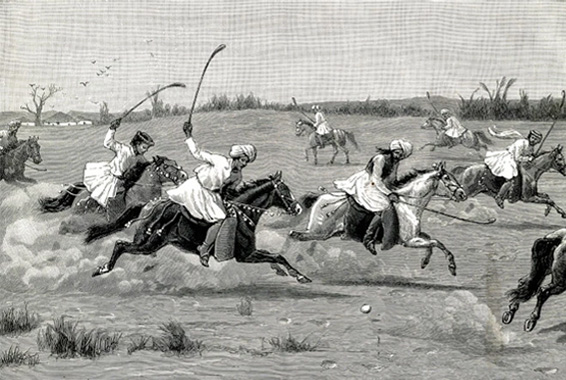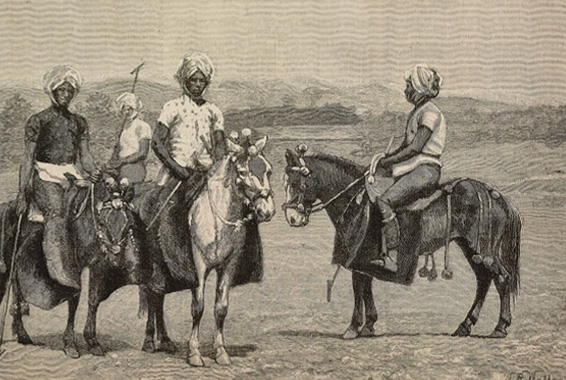About Club
During the British rule, ships were docked at the bank of the river Barak. Gradually, a market developed at the bank and became a major place of economic activity.
The bank was covered with stones to help dock ships and vessels, and the market was developed at a place that was fully covered with stones. People started to refer to the place as Shiler Chor, meaning "a bank of stones". With the passage of time, Shiler Chor was simplified to Silchar, and ultimately the British officials started to use the name Silchar in their official documents referring to the surrounding area of the market. Thus Silchar became the official name of the place.
The oldest polo ground in the world is the Imphal Polo Ground in Manipur State. The history of this polo ground is contained in the royal chronicle "Cheitharol Kumbaba" starting from AD 33. Lieutenant (later Major General) Joseph Ford Sherer, the father of modern polo visited the state and played on this polo ground in the 1850s. Lord Curzon, the Viceroy of India visited the state in 1901 and measured the polo ground as "225 yards long and 110 yards wide" 225 by 110 yards (206 by 101 m).
The Cachar Club established in 1897 is located on the Club Road in the heart of Silchar city in Assam. Cachar Club reminds us of Polo, Tea Gardens & Silchar as the First Polo Club of the World.
Over time, in the 50’s upto the 60/70’s it became the cultural and social hub for the British tea planters staying in close by tea plantations in the Barak Valley specifically around Silchar and the elite Silchar town citizens.
They would have weekly social nights, Wednesday bridge night or poker night , ladies club , annual events like Christmas parties with Santa Claus and Christmas trees with gifts for all the kids , fancy dress competition , Christmas fetes, flower shoes/competition where the community would come together for the day and sell homemade food , art and crafts, lots of games, rides ….
Ellora hotel space was the residential rooms for the men members. It also had the dining room, billiards room, cards room, bridge was popular, and the main bar. Then, there were 4 lawn tennis courts & 2 paths leading to the Old Club. Furniture was mainly colonial, wooden floors. Upstairs was a big hall with a stage for parties, AGM's and any special occasions , it had a small bar down below that were mainly store rooms and on the left were the rooms ( residential for ladies and children ). Most members were the original British planters; so on a lot of occasions they stayed at the club for a charge and did drive back to the tea estates. Average drive to each plantation surrounding the Cachar town was 3 - 5 hours.
Big Pictures framed flanked the walls of the historical Polo matches, which were played at the adjacent grounds, which were eventually donated by our grandfather to the district sports association(DSA), they later also played "ORGANISED POLO ".
- Devdoot(the current movie theatre), at that time was the hard court tennis grounds
- Our Grand dad was always seating in the club chilling and drinking.
- Flower shows & children Christmas parties, were started by the British club members. All members participated with games, tea parties and gifts. Food in the club was always continental
- Ladies were allowed at the bar to smoke and drink, as the Marwari community came into the club and as tea planters, the atmosphere changed and became more restrictive..
- 1950 to 1970’s were GOLDEN Years at the club
- Muslims were some of most popular and well liked Bearer (Waiter) were in charge of bar and service.
- They were always impeccably dressed. Typical British style.
- It was much later in the late 70’s & 80’s vegetarian and Indian cuisine was introduced as lot of North Indians came to Cachar




